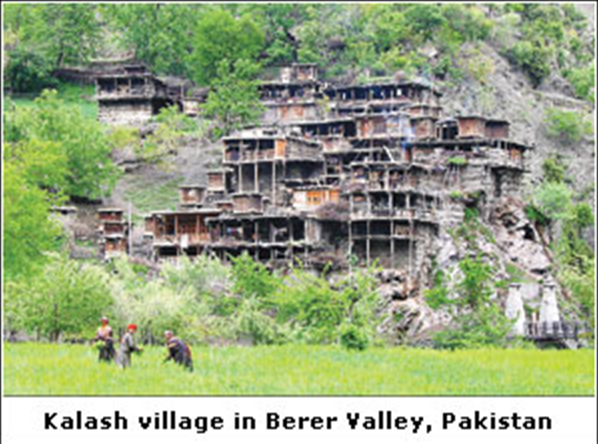Chawkandi
This is a collection of articles archived for the excellence of their content. Readers will be able to edit existing articles and post new articles directly |
Chawkandi
Dead Men Talking
Text and photographs by Arsalan
Standing tall against the windswept dunes of time, Chawkandi tombs are one of Sindh’s most familiar landmarks. Situated about 29kms east of Karachi on National Highway, this historic necropolis is believed to have been built between the 15th and 18th century by the Jokhio and Baloch tribes.
The name Chawkandi –– from the Sindhi Chaw (four) and khandi (corners) –– signifies the rectangular structures of the tombs; generally two-and-a-half feet wide, five to eight feet long and four to fourteen feet high. Some of the tombs are covered by a dome supported by pillars while others stand proudly in the sun, braving the elements through the centuries.
However, it is the exquisite carvings that make these tombs so unique. The intricate designs, as fine and detailed as wood carvings, cover the entire structures; looking at them closely, one can see motifs that identify the person buried within –– men’s tombs depict crowns, turbans and weapons while women’s portray jewellery.
This type of carving is unique to the region of Sindh and can be found on tombs along the Makran coast to the Indus River and up the river to Sehwan and also in Gujjo and Sehwan Sharif. Interestingly, similar designs can be seen in the textile, pottery, jewellery and woodcraft of Sindh and Balochistan.
The masons who wrought these marvels have long since been lost in the dust of time, but their genius lives on, carved in stone. Now it is up to us to preserve this glorious heritage for our future generations.
